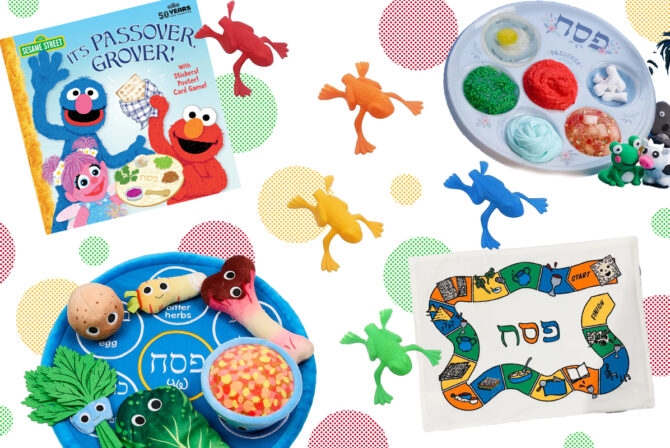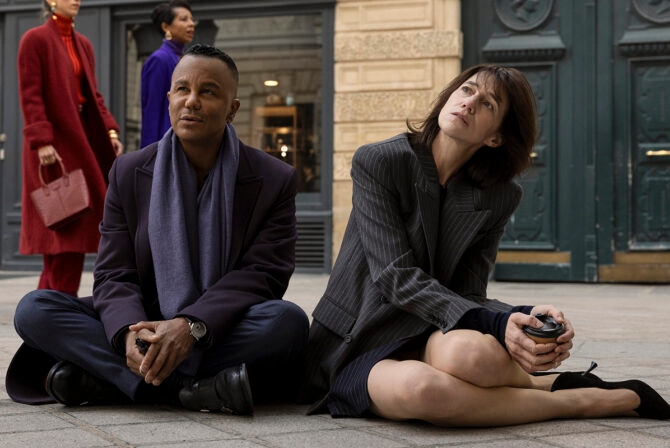The assignment seemed simple enough: For the culmination of their unit on nursery rhymes, my son’s kindergarten class was to create the “new and improved” Humpty Dumpty. Each student should bring in their (parents’) creation and their “egg” will be tested on the school wall. The challenge: create a Humpty Dumpty that does not even need “all the king’s horses and all the king’s men” to try to fix him. In other words, make a Humpty that’s not so Dumpty after all.
While in our home, the art project was almost entirely in my hands, my nearly 6-year-old enjoyed stuffing the cotton balls into the cherry tomato container and spilling them out, and then stuffing them back in, and then spilling them out. I have the pictures to prove that he did this at least three times in the course of an hour before he got bored. I’m pretty sure that he doesn’t understand what he’s doing—or why I am working so hard on the finishing touches—but he loves the Humpty Dumpty song, and I love hearing him sing it while I finish his project, so we’re all winning.
I love my child’s kindergarten teacher, and I rarely—if ever—question her motives. I do think this activity is appropriate for our children to internalize nursery rhymes. But as a grown up, perhaps given my position as a mother of a child with Fragile X Syndrome, a rare genetic disease, I am really, really stuck.
Here’s how I interpret this exercise: Humpty Dumpty was fragile. He was weak and vulnerable. Maybe he was just clumsy. Maybe he had special needs. We don’t know for sure. But what we do know is that Humpty Dumpty broke into pieces and that even the most powerful resources couldn’t fix him, and that is a tragedy. But why do we assume that Humpty’s brokenness, his disability, is a problem that needs to be fixed at all? Isn’t it OK to be broken?
In this cute exercise, my son’s peers, who are all “typical” students, have the ability to create a “new and improved” Humpty Dumpty who will not break. They are asked to create something that is not fragile, weak, or vulnerable. What is the message here? Is perfect and whole, unbreakable and strong, the only way to be?
Trust me, if I could have created a child without a genetic disorder that compromises his development, I would have! He has his challenges, but he also has incredible strengths and beautiful gifts to share. We all have our weaknesses and vulnerabilities, and we live together in this broken world, as broken souls. I don’t think we should shy away from our disabilities, and I don’t think we necessarily need to fix them.
If I could revise this assignment, I might suggest that we allow Humpty to break, but we cushion his fall. Which pile of toilet paper or cotton balls works best? Or maybe we take a chance with a parachute! It is OK to break and to be broken, just like it’s OK to fall and to fail. I would rather Humpty break and the children find a way to put him back together again—to change the course of history—rather than make something that is infallible from the outset.
I know I’m reading too much into this simple kindergarten project. I am sure that my son will only remember the fun he’ll have throwing his creation—my creation—off the wall at his school. I know that there are many battles to fight and this is not one of them. And again, I know that this incredible teacher is not thinking any of the strange things that go through my mind.
And yet, if my son’s peers realize there’s a “new and improved” Humpty Dumpty, when will they want a “new and improved” version of my son? When will his disabilities be viewed as weaknesses and vulnerabilities, ones that are not even worth time and effort to put my son “together again”?
The assignment is complete. My child is proud of his creation. His Humpty Dumpty will sit on a wall and have a great fall. And because this one is “new and improved,” lucky Humpty, he’ll be dumpty-ed for hours on end.







